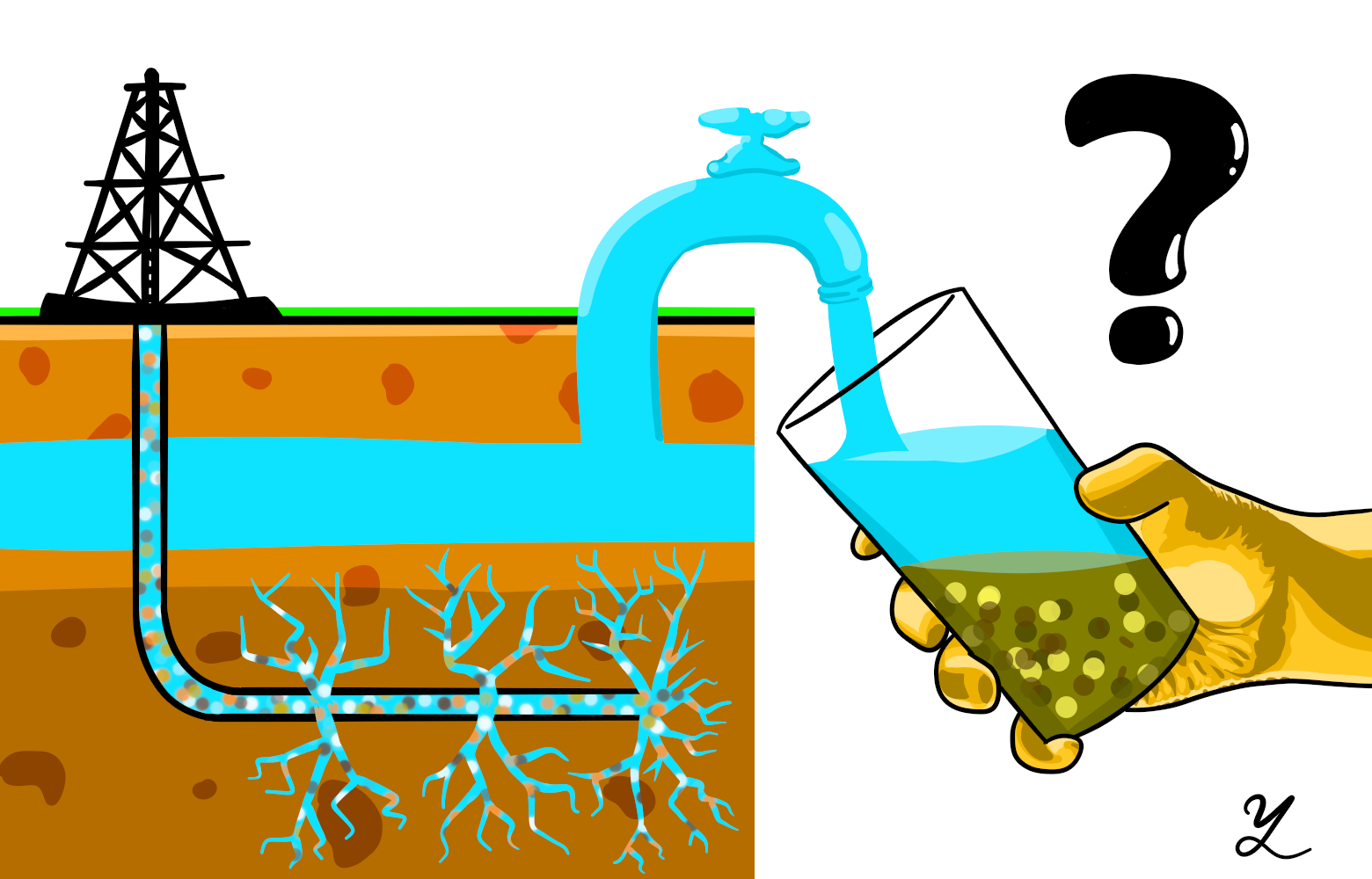
A new Yale study may shift perceptions about the dangers of hydraulic fracturing, the natural gas extraction process commonly known as fracking.
For over two years, a team of researchers from the Yale Chemical and Environmental Engineering Department took samples from groundwater aquifers in northeastern Pennsylvania, where drilling companies use fracking to extract natural gas from the Marcellus Shale, a layer of sedimentary rock thousands of feet below the ground. Fracking companies inject fluid containing over 900 chemicals into the shale layer, making many people concerned that these chemicals will seep into groundwater aquifers, a source of drinking water. The study, published Oct. 27 in the Proceedings of the National Academy of Sciences, shows that aboveground fracking practices may actually pose a greater threat than belowground activities.
“When most people say fracking or hydraulic fracturing, they’re thinking of … the injection of fluids into the ground to crack open rock and release these gas molecules,” said Brian Drollette GRD ’20, a chemical and environmental engineering Ph.D. candidate and the lead author of the study. “[But] it’s not the actual hydraulic fracturing itself that’s causing the groundwater contamination. It’s the overarching operations that are going on at the ground surface that’s probably impacting the groundwater.”
This study analyzed high molecular weight organic compounds used in fracking fluids, including a group of toxic compounds known as BTEX: benzene, toluene, ethylbenzene and xylene.
Two main pieces of evidence suggested that these organic compounds in the groundwater came from the surface of the earth. On one hand, the level of helium present in the groundwater more closely matches the level of helium present in water at the surface. Also, the abundance of these organic compounds in groundwater correlates to the distance of the nearest surface spill.
Additionally, the disparity between the low salt content in groundwater and the high salt content in water from the shale layer suggests that fracking fluids have not migrated from the shale layer to the groundwater aquifers. Given that the shale layer is located thousands of feet below the aquifers in some areas, it is advisable to install permeable reactive barriers to prevent the spread of contaminated plumes in the downstream direction.
“I think it changes concerns and highlights some new ones, perhaps,” said Desirée Plata, professor of chemical and environmental engineering and principal investigator and co-author of the study. “What’s encouraging about this study is that if you do have a contamination event, usually it’s something you’ve known about. It happened at the surface … [And] the compounds we found are really treatable … You can warn people in the area to start treating their water.”
The concentration of organic compounds present in the groundwater sampled in this study was so small that the water did not violate the drinking standards set by the Environmental Protection Agency, according to the study authors.
David Brown, director of public health toxicology for the nonprofit Environment and Human Health, Inc., said no improvements to the study could be made.
“It’s a superb study,” Brown said. “Do I think any improvement could be made in Pennsylvania drilling? Yeah. Given the findings [of this study], it’s likely that the state agencies don’t have enough resources or technical expertise to monitor the [fracking] well … That’s the real message out of this paper.”
Drollette said that, in the future, research can be done to examine the fate of chemicals injected into the ground for fracking. The shale layer has a large amount of heat and pressure because it is deep underground, so the layer becomes a “reaction vessel” for chemical transformations, he added.
Plata suggested that testing be conducted in other areas of the country where fracking occurs. Different subsurface geology can lead to different amounts of “communication,” or permeability, between the shale layer and groundwater aquifers. Plata also noted that, over time, fracking will change the degree of permeability.
“When you perform hydraulic fracturing activity, you’re changing the subsurface inherently,” Plata said. “So the question is, just because we didn’t see [the movement from the shale layer to the groundwater aquifers this time], does that mean that it won’t happen in the future?”
Spills that occur at fracking sites above the Marcellus Shale are reported to the Pennsylvania Department of Environmental Protection.







